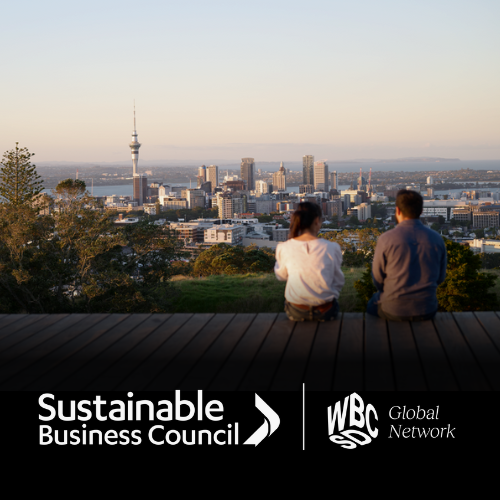Guest Blog: Sustainability – the foundation for integrated thinking and reporting
Lisa Martin shares the voyage of discovery in creating Sanford’s Integrated Report – and the benefits along the way.
Creating Sanford’s Integrated Report has been a voyage of discovery and while the international accolades have of course been valuable, we are still very much on a journey.
The benefits of the report stretch far beyond the pages of stories, content and graphics. It has encouraged more integrated thinking, more meaningful engagement with stakeholders and facilitated greater collaboration towards our sustainable aspirations.
Integrated thinking
In our view, building a great integrated report requires a foundation of sustainability and a framework of integrated thinking. Through the holistic lens of integrated reporting, investors can better assess the true value of the business. They are able to consider Environmental, Social, Governance (ESG) and Financial measures of sustainability simultaneously. This creates a more balanced view of Sanford’s value, and encourages integrated thinking and decision making that seriously considers non-financial outcomes.
Meaningful engagement with stakeholders
Capturing the diversity of perspectives from our stakeholders can be confronting, it holds us to account and often challenges our thinking. However, meaningful engagement with our stakeholders is central to our integrated report, ensuring it is authentic, balanced and focused on what matters to them.
Sharing our sustainability aspirations
We certainly don’t shy away from the issues that face us, or the opportunities to make a positive difference not only to our business, but equally to our stakeholders.
We have countless opportunities to turn our sustainability aspirations into action across areas such as climate action, ocean health, decent work conditions and economic growth. Partnerships and collaboration are key to doing this.
Aligning Sanford’s sustainability strategy with the UN Sustainable Development Goals (SDGs) has really been worthwhile, although we still have a long way to go. It has given us a common language around sustainability to communicate with other businesses, government, the academic community and civil society. The SDGs have also challenged us to ramp up our aspirations in areas such as healthy oceans, and reduction of marine plastic pollution.
Sanford is also a signatory to the Climate Leaders Coalition. In line with our Coalition commitment, we report on metrics such as greenhouse gas emissions, waste to landfill, and total energy consumption. We also report our reduction targets and plans and work with our suppliers to reduce their emissions.
Independent assurance of financial and non-financial risks
Reporting with a high level of transparency can be daunting and we have taken a real leap of faith in reporting our struggles and downfalls as well as our successes. Transparency in our reporting illuminates the interdependence of our financial success with the sustainability of natural and social resources, the very essence of integrated thinking.
Key to reporting both financial and non-financial info with transparency is third party assurance. Of course it is more challenging to embark on combined assurance, but this ensures we report with integrity, across all elements of our performance
Recent changes in the NZX Corporate Governance Code now requires listed companies, like Sanford, to publish information on potential environmental, economic and social sustainability risks. Luckily, our integrated approach means we are well prepared for such developments.
With careful planning and a balanced approach, we are delivering sustainability and profitability, returns and reductions in our footprint.
Sanford’s latest annual report: The Power of –AND– 2017
Read more about integrated reporting in the latest SBC Member Review 2018.
Lisa Martin is the General Manager Sustainability at Sanford Limited.
Contact: Lisa Martin, General Manager Sustainability at Sanford Limited
Phone:
Email:

